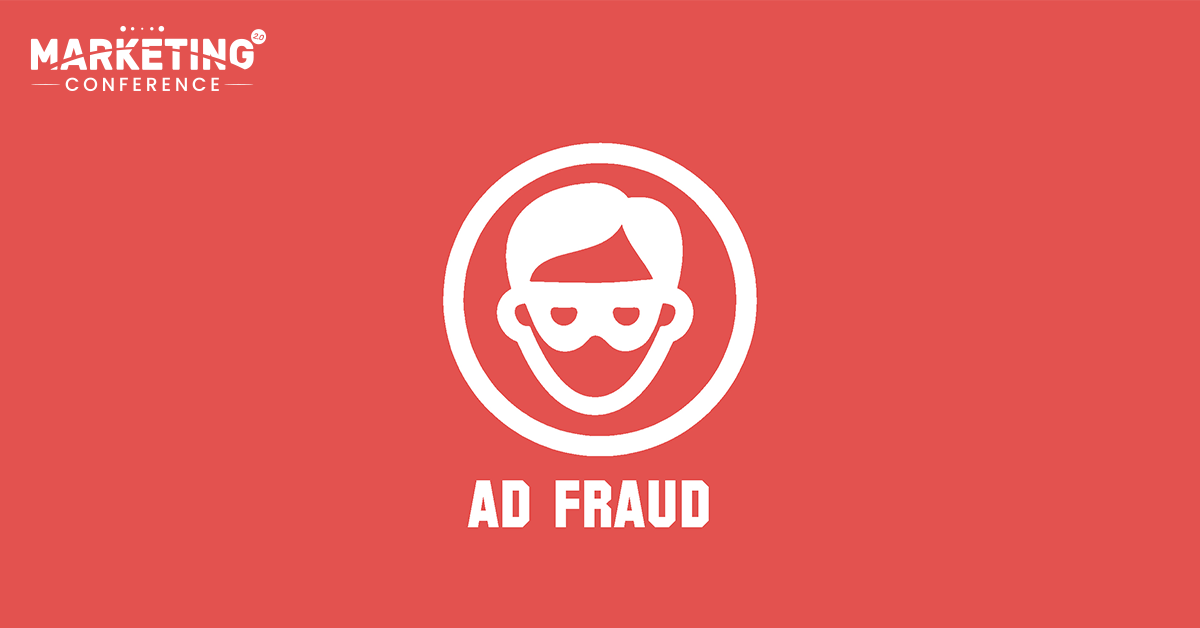
As per conservative estimates, digital ad fraud results in the loss of $1 for every $3 allocated towards paid online ads by businesses worldwide. This is a growing problem that needs to be addressed by digital marketers as it not only brings down the ROI of their marketing campaigns but also skews their ad metrics. This blog reviews the consequences of fraudsters and scammers taking over your campaigns.
Types Of Ad Fraud
Ad fraud takes many forms and shapes, and marketers must stay on their toes to ensure that they don’t become victims. The most common types of ad fraud and scams include:
-
Click fraud: This involves the deployment of bots, malware, and click farms to manipulate pay-per-click campaigns for economic gains.
-
Affiliate fraud: This revolves around tactics like domain spoofing and cloning to redirect traffic to fraudulent websites.
-
Fake leads: Here, fraudsters and spammers take over your methods to acquire new leads by filling up forms or downloading company resources — actions that help businesses identify and reach out to active prospects who may be interested in their services and products.
Ad Fraud — Its Impact
Undoubtedly, lead generation is one of the most important goals of a digital marketer. However, when fraudsters and spammers take over your campaigns, you will end up with fake lists of prospects that won’t lead you or the sales team anywhere. You end up wasting valuable time trying to categorize the leads for the relevant salespersons.
But the wastage doesn’t end there. The sales department of your business also allocates a considerable chunk of its time and resources towards getting in touch with the prospects, only to realize that the contact details are fake or the lists are filled with random names. The latter puts them at the risk of violating TCPA guidelines as the prospects may not have consented to sharing their personal information. This may invite significant legal troubles and harm the business's reputation in the long run.
Secondly, ad fraud and scams also contaminate the results of your ad campaigns, thereby leaving you with incorrect metrics. This makes it impossible for marketers to truly determine the effectiveness of their campaigns. Consequently, marketers may end up pooling money towards recreating a campaign whose performance was inflated due to malicious practices, such as pixel stuffing and click fraud. This affects productivity, drives up cost-per-lead, and also has a negative impact on your future marketing efforts.
Signing Off
There is no one-size-fits-all policy when it comes to fighting the menace of ad fraud. The need of the hour is for businesses to embrace multiple strategies as well as fraud prevention tools to ensure that their marketing campaigns aren’t compromised because of fraudulent players.
USA’s upcoming marketing leaders’ summit — the Marketing 2.0 Conference — will highlight strategic actions, tactics, and scam detection technologies that can prove to be practical solutions. The three-day conference will also be a launchpad for cybersecurity experts and digital marketers who have innovative fraud prevention solutions for a wide range of businesses.

